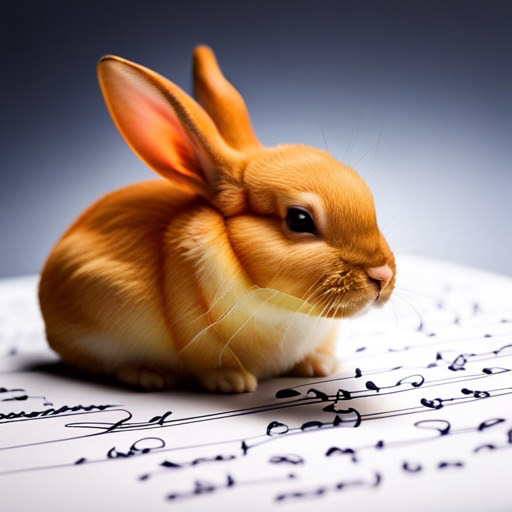
Are you eager to celebrate the 4th of July with a powerful message that embodies your American spirit? Creating a heartfelt message that truly captures the essence of this patriotic holiday can be a meaningful way to showcase your American pride and honor our nation’s history and diversity. This blog post, “10 Best 4th of July Message Tips that Show Your Patriotic Spirit”, will provide you with all the guidance you need. Using phrases that encapsulate American pride, referencing historical events, and acknowledging the sacrifices of our heroes, your message will truly stand out this Independence Day.
Patriotic Tone: Use language that reflects American pride and patriotism. Phrases like “land of the free”, “home of the brave”, “American spirit” and “star-spangled banner” evoke feelings of national pride.
Remember the History: The 4th of July is about commemorating America’s Independence. Including some historical context can add depth to your message. You might reference the signing of the Declaration of Independence, the Founding Fathers, or the struggles and triumphs of the American Revolution.
Respect for the Sacrifice: Remember to pay homage to the sacrifices made by the men and women in service to their country. A simple acknowledgement of their bravery can go a long way in showing your respect and appreciation.
Celebrate the Diversity: The United States is a melting pot of diverse cultures, races, and religions. Celebrating this diversity and unity can add a powerful dimension to your message.
Inclusion of American Symbols: Include American symbols like the flag, the bald eagle, the Liberty Bell, or Uncle Sam. These symbols are instantly recognizable and add a visually patriotic element to your message.
Use Quotations: You can include famous quotes about freedom and liberty from notable figures in American history. Quotes from figures like George Washington, Thomas Jefferson, or Martin Luther King Jr. can add a poignant touch.
Be Positive and Hopeful: Despite the challenges America may face, 4th of July messages should inspire hope and optimism. Express your belief in the nation’s ability to overcome obstacles and thrive.
Use Humor, If Appropriate: A little light-heartedness can make your message more engaging. You could use a clever pun or joke related to fireworks, barbecues, or other typical 4th of July traditions.
Personal Touch: If the message is for a specific person, personalize it. Include a shared memory of past 4th of July celebrations or a wish for their specific plans on the day.
End on a High Note: Conclude your message by wishing them a fun and safe 4th of July. You can wish them a day filled with joy, laughter, fireworks, and great food.
Remember, the best messages are those that come from the heart, are sincere, and resonate with the recipient.









